
8 minute read
e l día del son C ubano y la tras C enden C ia de un G énero
Textos/Texts: Bienvenidos Fotos/Photos: Archivos
El 8 de mayo es el Día del Son Cubano, fue declarado así el pasado año en homenaje a este género popular y a la herencia artística de dos de sus más grandes cultores, Miguel Matamoros y Miguelito Cuní, cuyas fechas de natalicio coinciden este día.
«El son, oriundo de Cuba, es una expresión cultural con una marcada función social, un género músico-danzario reconocido por las comunidades, grupos e individuos portadores directos, como parte de su patrimonio inmaterial enraizado en la cultura popular tradicional, como parte de espacios comunitarios que trascienden la propia manifestación», argumenta el decreto 19 del Consejo de Ministros de Cuba que oficializa la instauración del Día del Son Cubano y añade que la aprobación se debe a que el son «es un género raigal cuyos valores culturales trascienden en tiempos y espacios».

El aplaudido género, el que más ha influido en el universo sonoro del país, nació en la zona del oriente cubano y de allí llegó hasta cada rincón de la geografía nacional constituyéndose en raíz fecunda de la música popular, reconocida y admirada en todas las latitudes.
Es este un género vocal e instrumental bailable, que compone una de las formas básicas dentro de la música cubana que unifica la estructura y características de las melodías e instrumentos africanos y españoles.
May 8 is the Cuban Son Day, declared as such last year as a tribute to this popular genre and to the artistic heritage of two of its greatest performers, Miguel Matamoros and Miguelito Cuni, who coincidentally were born on this date.
«The son, native to Cuba, is a cultural expression with a powerful social impact, a musical-dance genre recognized by the communities, groups and individuals who are the immediate bearers, as part of their intangible heritage rooted in traditional popular culture, as part of community spaces that transcend the genre itself», according to Decree 19 of the Council of Ministers of Cuba, by virtue of which the Day of Cuban Son was declared. The decree also expresses that son «is a deep-rooted genre and its cultural values transcend time and space».
The acclaimed genre, the one that has most influenced the musical history of the country, was born in eastern Cuba and from there it reached every corner of the national geography, becoming a fertile root of popular music, recognized and admired in all latitudes.
This is a vocal, instrumental and dance genre, which is one of the basic forms of Cuban music that unifies the structure and features of African and Spanish melodies and instruments.
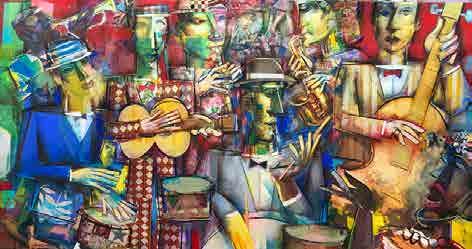

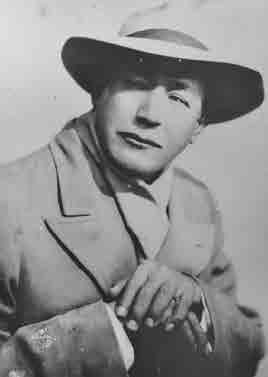

Este género logró gran proyección internacional a partir de la década del 30 del pasado siglo XX; a la par, se fue gestando un proceso en el que comenzó el género comenzó a influir de manera extraordinaria, no tan solo en la música cubana sino igualmente en la producción melódica latinoamericana, razón por la que se mantiene hasta nuestros días de modo perdurable, en el sonido del continente, la memoria e imaginario de la región y además del mundo.
Por su riqueza, valores, vigencia y arraigo popular, el son fue declarado patrimonio cultural del país por Resolución del Consejo Nacional de Patrimonio, en septiembre del año 2012.
El Día del Son Cubano honra a Miguel Matamoros (Santiago de Cuba, 1894-1971), y Miguelito Cuní (Pinar del Río, 1917-La Habana, 1984), cuyas composiciones son cimientos recios del tesoro melódico de la isla y los ubican entre los representantes más legítimos del son, de los que ha sido fiel sucesor el maestro Adalberto Álvarez, Premio Nacional de Música, 2008, quien desde hace muchos años, junto a otros artistas, abogó con pasión a favor de esta declaratoria, imprescindible en el calendario de fechas relevantes de la cultura nacional.
El también llamado « Caballero del Son», al conocer la feliz noticia, convocó a todos los soneros y amantes del género a sumarse desde sus lugares de residencia, tanto en la isla como en otros países, a la primera celebración que tendrá lugar este 8 de mayo, con presentaciones musicales que tienen como principal
From the '30s onwards it had a strong international repercussion; at the same time, a process was developing in which the genre began to influence in an extraordinary way, not only in Cuban music but also in the Latin American melodic production. Therefore, it has stayed in the sound of the continent and has permeated the memory and imaginary of the region and the world.
Because of its legacy, values, authenticity, and popular roots, the son was declared Cultural Heritage of the country by Resolution of the National Heritage Council in September, 2012.
The Day of the Cuban Son honors Miguel Matamoros (Santiago de Cuba, 1894-1971), and Miguelito Cuni (Pinar del Río, 1917-Havana, 1984), whose songs had a strong influence in the melodic treasure of the island. These are two of the most legitimate representatives of the genre, whose faithful successor has been Adalberto Alvarez, National Music Award, 2008, who, for many years, along with other performers, passionately advocated for the existance of a day to commemorate son, which is now essential in the calendar of important dates of the national culture.
The «Caballero del Son», upon hearing the happy news, called on all son performers and fans of the genre, to join from their homes, both on the island and in other countries, the first celebration that will take place this May 8, with musical performances on social media, escenario a las redes sociales, plataformas digitales y medios como la radio y la televisión, para subrayar el lugar cimero que ocupa el género en el panorama cultural de la nación como ícono indiscutible de cubanía. digital platforms, radio and television, to highlight the top place that this genre occupies in the cultural landscape of the nation as an undisputed example of the Cuban spirit.
En La Habana, y el resto de las provincias de la mayor de las Antillas, especialmente Santiago de Cuba, se han organizado múltiples acciones artísticas como recitales, conciertos, presentaciones de videos clip, de discos y singles; a la vez, se realizarán sesiones teóricas que profundizarán en la personalidad del afamado género por el que se identifica en el mundo a la pequeña isla cubana. Estos programas son asimismo una manera de reconocer la contribución esencial a la permanencia de este género popular y su desarrollo en Cuba, del maestro Adalberto Álvarez, referente de la música nacional, prolífico creador de piezas ampliamente difundidas, bailadas y versionadas, y embajador ya legendario del género que es sello peculiar de alta calidad de su quehacer artístico. Los organizadores de estos festejos confeccionarán un registro de todas las iniciativas que se desarrollen para celebrar por primera vez el Día del Son Cubano, información que integrará el expediente de propuesta del género para su declaratoria como Patrimonio Cultural Inmaterial de la Humanidad por parte de la Unesco, posibilidad en la que muchos de los soneros cubanos, y otros músicos foráneos, tienen puestas sus mayores ilusiones.
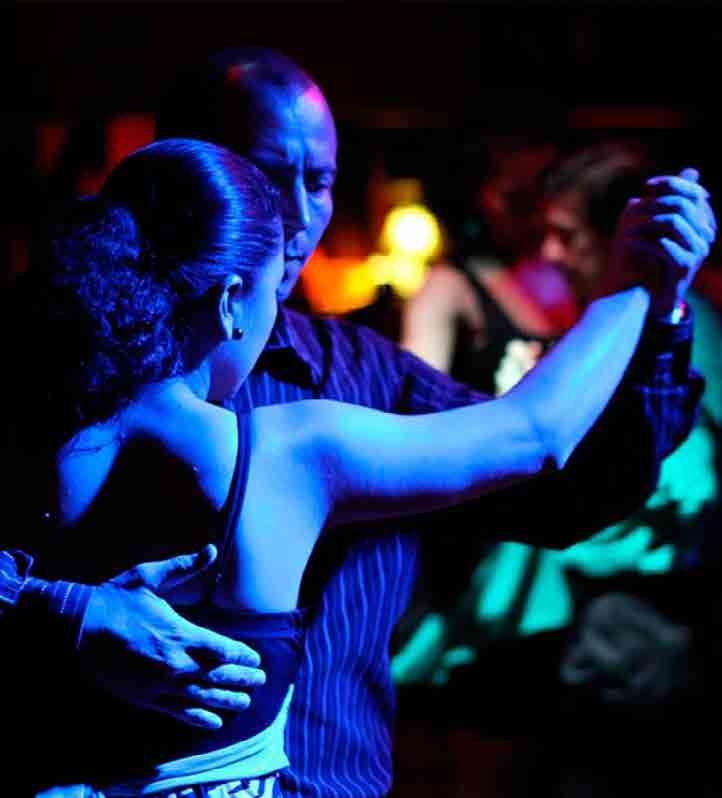
Multiple artistic events, such as gigs and concerts, and the release of video clips, albums, and singles, have been scheduled in Havana and the rest of the provinces of the largest of the Antilles, particularly in Santiago de Cuba; at the same time, there will be theoretical sessions that will delve into the history and evolution of the famous genre for which the small Cuban island is known in the world.
These activities are also a way of acknowledging maestro Adalberto Alvarez's crucial contribution to the permanence and development of this famous genre in Cuba, who has become a national music idol, a prolific producer of widely distributed, danced, and remastered pieces, and the legendary ambassador of the genre -which is the distinctive feature of his artistic creations-.
The organizers of this event will create a record of all the initiatives developed to celebrate, for the first time, the Day of the Cuban Son. The results of these activities will be added to the application so that the son is declared Intangible Cultural Heritage of Humanity by UNESCO, a possibility that has awaken new hopes in many Cuban son performers and other foreign musicians.


Cañonazo de las nueve
nine o'clock cannon shot
Una de las tradiciones más antiguas de Cuba es el famoso Cañonazo de las nueve. Iniciado en el siglo XVIII, el disparo de cañón solía marcar el momento en el que las puertas de acceso a la ciudad se cerraban. En la actualidad, esta ceremonia es uno de los espectáculos más visitados de la capital. One of Cuba's oldest traditions is the famous Cañonazo de las nueve. Initiated in the 18th century, the cannon shot used to mark the time at which the access gates to the city were closed. Today, this ceremony is one of the most visited spectacles in the capital.
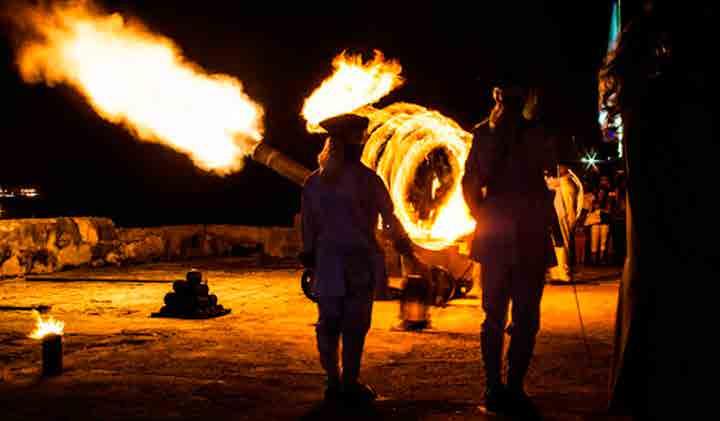
Cristo de la Havana
La estatua del Cristo de La Habana domina la bahía, a manera de protector gigantesco que ofrece su bendición a toda la ciudad. Inaugurado en diciembre de 1958 y construido por la escultora cubana Jilma Madera, el Cristo gigantesco es uno de los puntos de visita más populares de La Habana por la hermosa vista que se puede disfrutar a sus pies y por la tranquilidad que lo rodea.
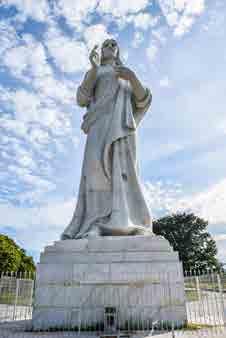

Christ of Havana
The statue of the Christ of Havana dominates the bay, like a gigantic protector offering his blessing to the whole city. Inaugurated on December 1958 and built by Cuban sculptor Jilma Madera, the gigantic Christ is one of the most popular places to visit in Havana for the beautiful view that can be enjoyed at its feet and for the tranquility that surrounds it.with the roots, the art and the exquisite flavor of the iconic Cuban rum.
Lanchita De Regla
Regla Ferryboat

La famosa Lanchita de Regla se ha convertido en un símbolo indiscutible de La Habana. Este medio de transporte conecta a La Habana Vieja con Regla y Casablanca, en un recorrido marítimo que dura unos pocos minutos y resulta un paseo único en la capital.
The famous Lanchita de Regla has become an indisputable symbol of Havana. This means of transportation connects Old Havana with the towns of Regla and Casablanca, in a maritime tour that lasts a few minutes and is a unique ride in.
Castillo de los tres reyes del morro
Castle of three Kings of morro
El famoso Castillo del Morro, diseñado por el arquitecto Bautista Antonelli, es una de las principales fortalezas de la capital, construido para proteger a la ciudad del ataque de corsarios y piratas. Desde su construcción en el siglo XVI, el Morro ha sido un símbolo de la ciudad y es, en la actualidad, uno de los lugares de visita más gustados por los turistas.
The famous Morro Castle, designed by architect Bautista Antonelli, is one of the main fortresses of the capital, built to protect the city from the attack of corsairs and pirates. Since its construction in the 16th century, the Morro has been a symbol of the city and is currently one of the most popular places for tourists to visit.
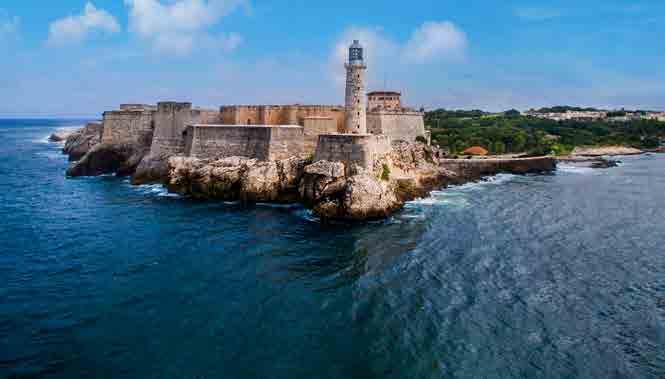
Paseo Del Prado
Prado Promenade
Construido bajo la capitanía general de Miguel Tacón, el Paseo del Prado es el primer boulevard de la capital diseñado enteramente con un estilo europeo. El paseo es un excelente lugar de relajación y reunión y es famoso, sobre todo, por los enormes leones de bronce que guardan sus esquinas.
Built under the general captaincy of Miguel Tacón, the Paseo del Prado is the first boulevard in the capital designed entirely in a European style. The promenade is an excellent place for relaxation and meeting and is famous, above all, for the enormous bronze lions that guard its corners.

guía del ocio y la cultura








